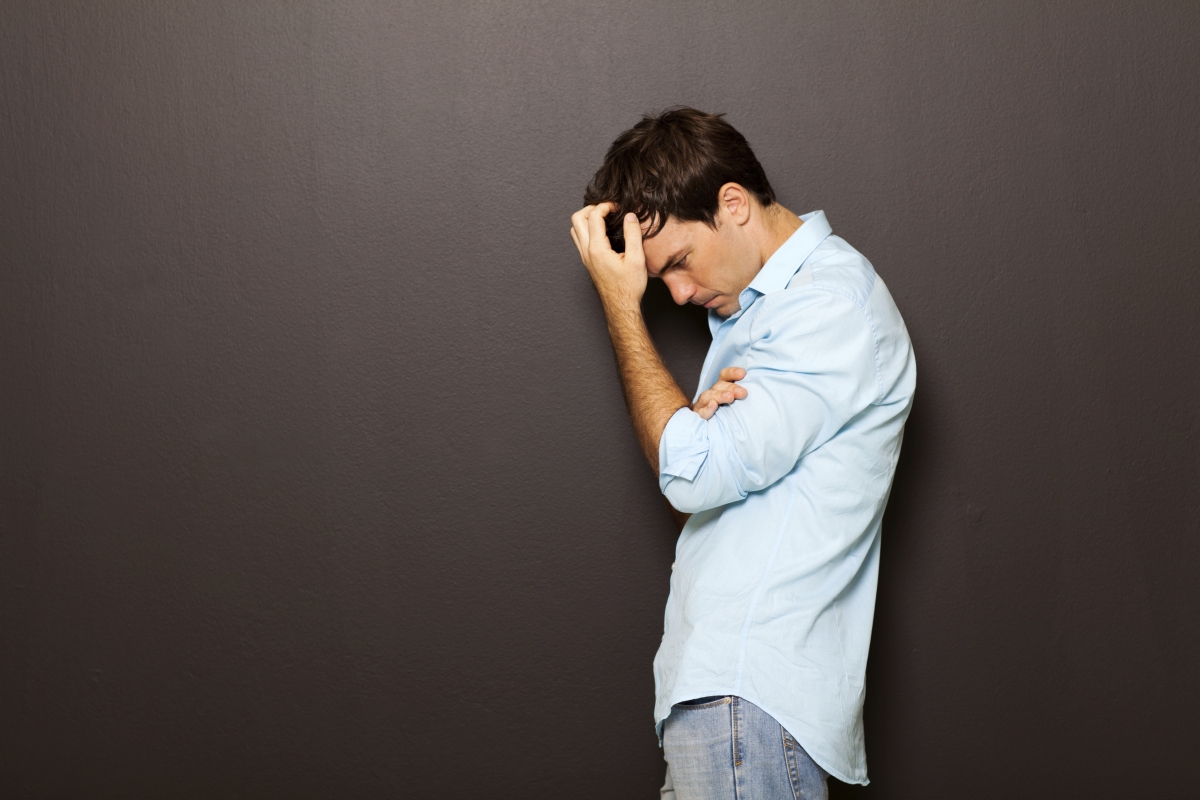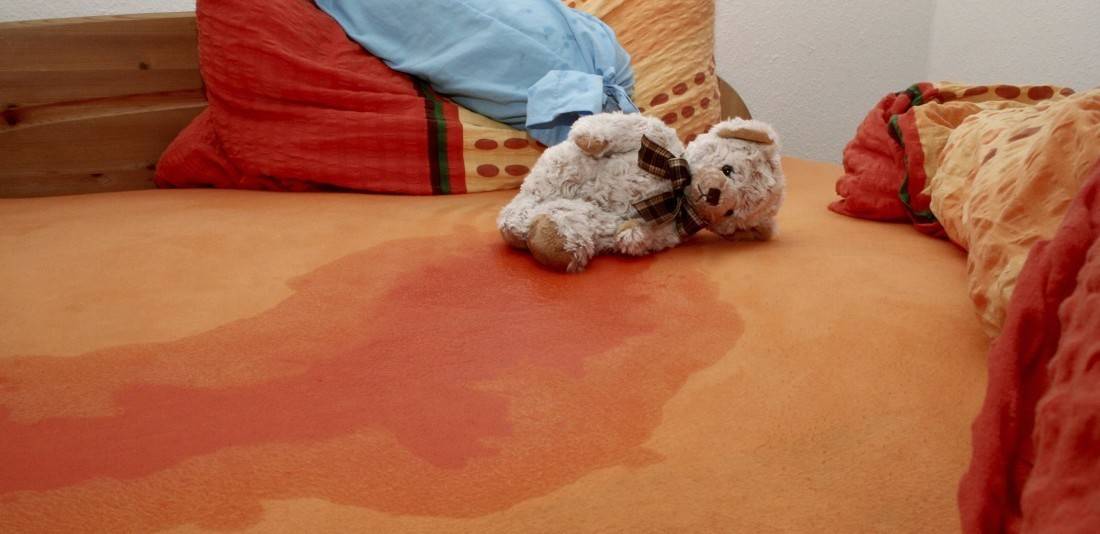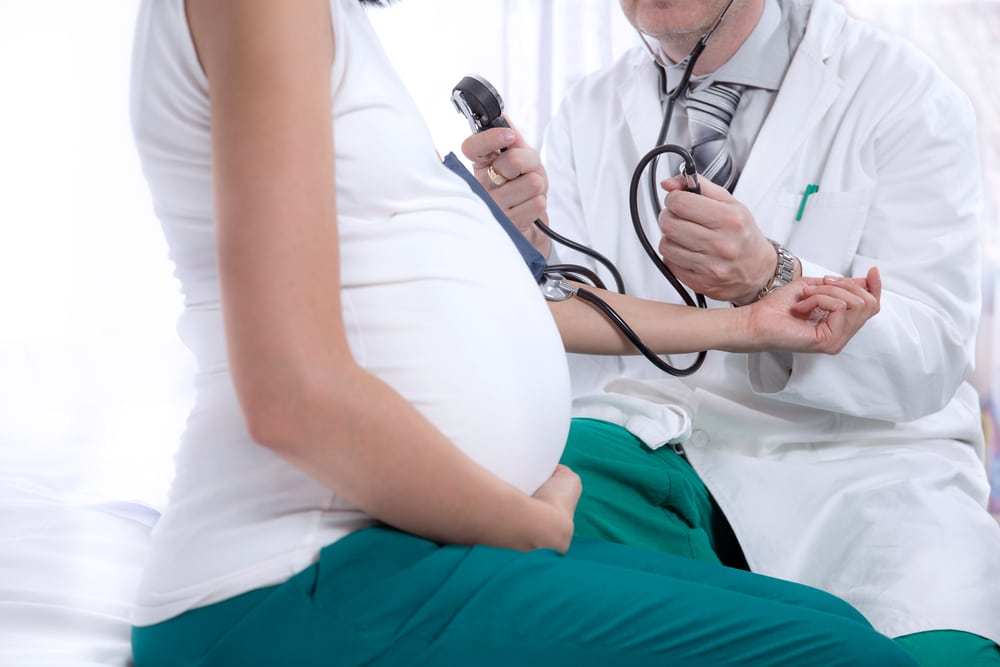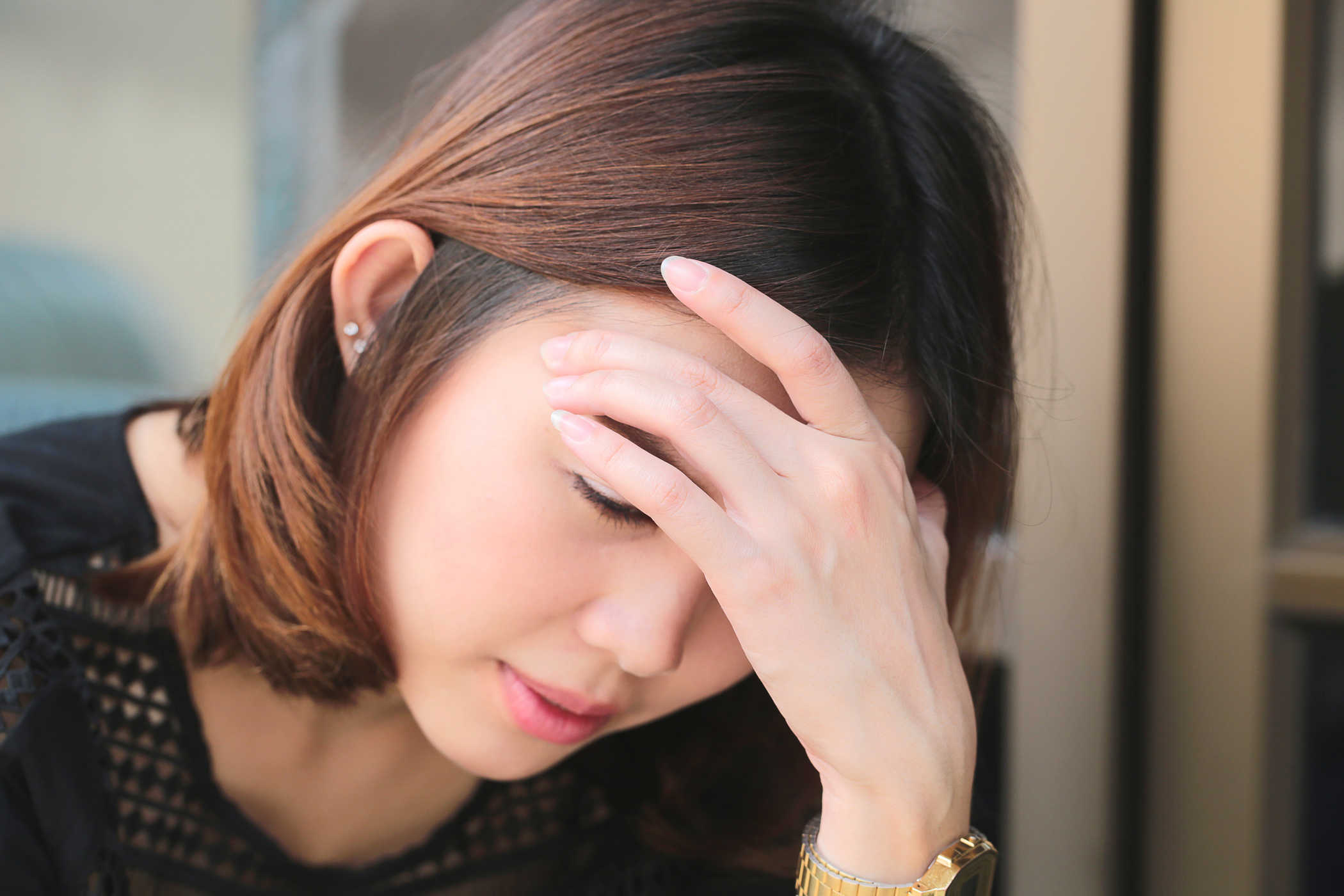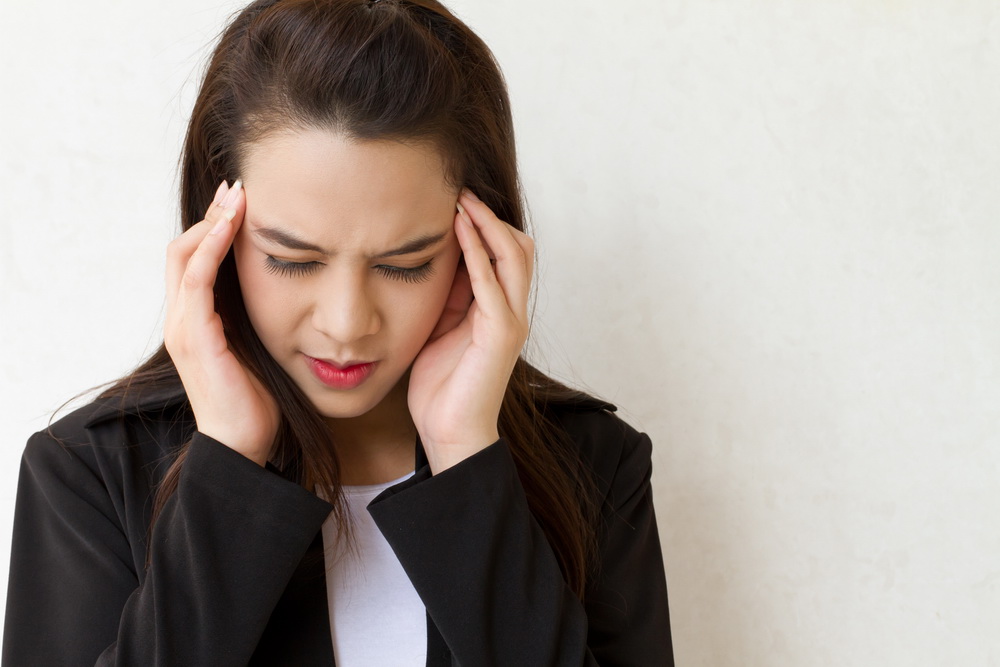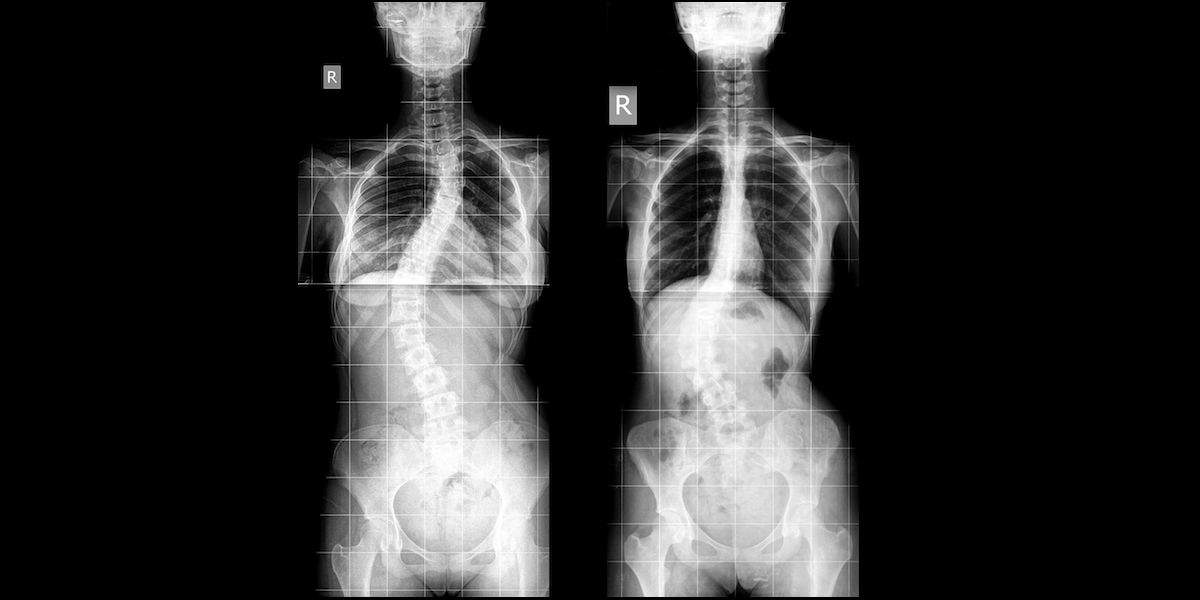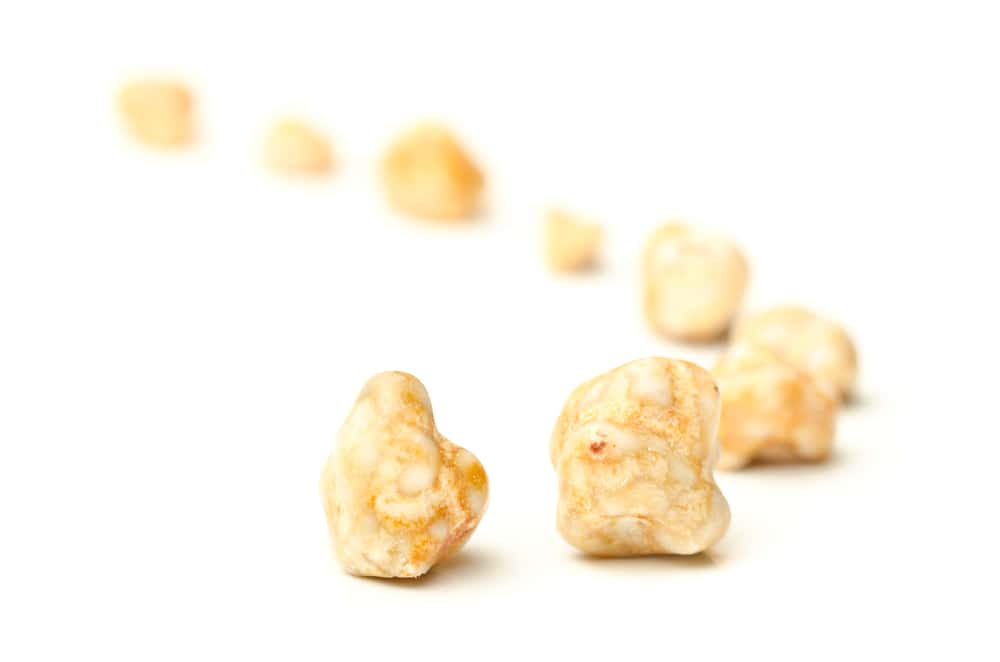Contents:
- Medical Video: Understanding Bipolar Depression
- 1. Major depression (severe depression)
- 2. Chronic depression (dystimia)
- 3. Situational depression
- 4. Seasonal mood disorders (seasonal affective disorder)
- 5. Bipolar disorder
- 6. Postpartum depression
- 7. Premenstrual depression
Medical Video: Understanding Bipolar Depression
Basically, depression is a disorder mood which is far more serious than feeling protracted sadness. However, there are many types of depression. In addition, symptoms and complaints of depression also usually vary in each person. So what are the types of depression that must be known? Here's the full explanation.
1. Major depression (severe depression)
Major depression is also known as severe depression or clinical depression. Major depression is one of the two types of depression that are most often diagnosed. You can be diagnosed with major depression if the symptoms of sadness, despair, and loneliness have lasted for more than two weeks.
Symptoms of major depression are generally quite serious so that the effect is felt in the activity and quality of one's life. For example, you don't have any appetite at all, your body is limp so there is no urge to work or move as usual, and avoid people like at work or in the family.
Until now the exact cause of major depression has not been known. However, some things that can trigger depression include heredity (genetic), bad experiences, psychological trauma, as well as disorders of the chemical and biological makeup of the brain.
2. Chronic depression (dystimia)
The other type of depression most often diagnosed is chronic depression. Unlike severe depression, this type of chronic depression is usually experienced for two consecutive years or more. However, the severity of the symptoms can be milder or more severe than severe depression.
Chronic depression generally does not disturb the activity pattern too much, but tends to affect the quality of life. For example, being not confident, disturbed mindset, difficulty concentrating, and easily discouraged.
There are many triggers. Starting from heredity, other mental health disorders such as bipolar disorder and worry, traumatized, has chronic illness, and physical injury to the head.
3. Situational depression
Situational depression is a type of depression that is not so erratic. Usually, this type of depression is characterized by the appearance of depressive symptoms such as feeling depressed and a change in sleep patterns and eating patterns when there is an event that gives a high enough mental pressure.
Simply put, the appearance of depressive symptoms is caused by the brain's response to stress. Situational depression triggers vary. Can be from positive events such as marriage or adjusting to a new workplace loss of a job, divorce, or separation from a close family.
4. Seasonal mood disorders (seasonal affective disorder)
People who experience seasonal mood disorders will experience symptoms of depression that vary depending on the season.
The emergence of this disorder is indeed very related to changes in time in the winter or rainy season which tends to be shorter and very little sunlight. This disorder will improve by itself when the weather is brighter and warmer.
5. Bipolar disorder
This type of depression is usually experienced by people who have bipolar disorder. In bipolar disorder, patients can experience two conflicting conditions, namely depression and mania.
The condition of mania is characterized by the appearance of overabundant behavior or emotions. For example joy or fear that is bloated and cannot be controlled.
In contrast, the condition of depression in bipolar disorder is shown by a sensation of helplessness, despair, and sadness. This condition can also make a person shut himself in a room, speak very slowly as if he was wandering, and did not want to eat.
6. Postpartum depression
Postpartum depression occurs in women several weeks or months after giving birth (postpartum). The appearance of severe depressive symptoms during the postpartum period can have an impact on the health and inner bond between mother and baby.
This depression can last a long time, usually until the mother has menstruated again after giving birth. The main cause of postpartum depression is hormonal changes, in which the hormones estrogen and progesterone which were high enough during pregnancy dropped dramatically after giving birth.
7. Premenstrual depression
This type of depression is also known as the term Premenstrual Dysphoric Disorder (PMDD). This condition is different from premenstrual syndrome (PMS). Because, PMDD is a serious mood disorder that interferes with emotional and behavioral balance.
The symptoms caused include the appearance of sadness, anxiety, disturbance mood extreme or very irritable.
PMDD may be caused by a history of previous depression in a person and worsens when a hormone change occurs or enters PMS.

